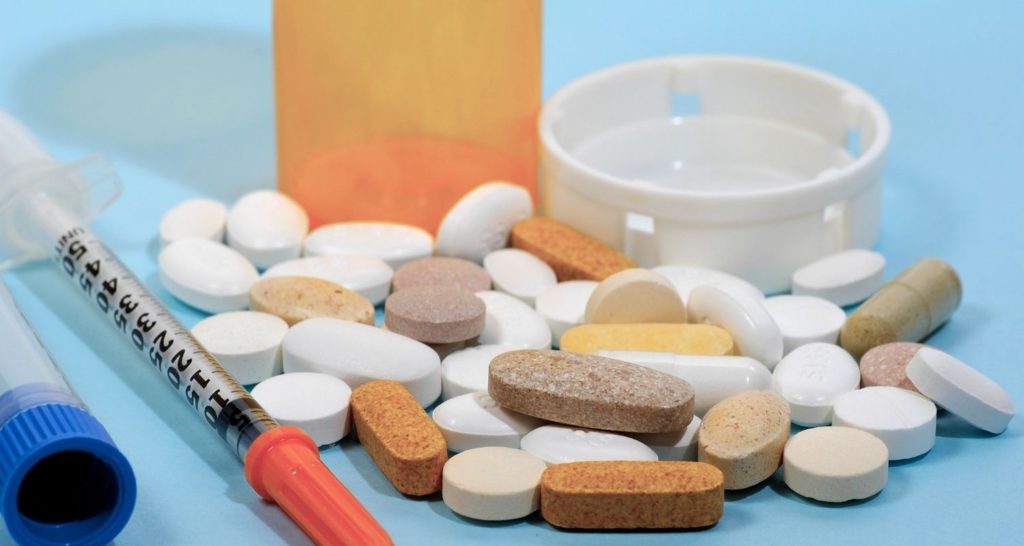What Exactly Is Pharmaceutical Formulation?
Pharmaceutical formulation is a multistep process in which the active drug is mixed with all other components while particle size, polymorphism, pH, and solubility are all considered to generate an effective pharmaceutical product. The four main components for a good pharmaceutical formulation are the benefits and restrictions of active pharmaceutical ingredients (APIs), useful excipients, related interactions, and manufacturing techniques. The formulation often acts in a manner that involves many dose forms. The pharmaceutical medication product as advertised for use with a specified blend of active chemicals and inert components is referred to as the dosage form. It must be in a certain structure (for example, a capsule shell) and administered in a specific dosage.
Pharmaceutical Product Formulation
A successful pharmaceutical formulation requires the combination of an active pharmaceutical ingredient (API) and inert excipients. Excipients may be basic bulking agents that aid in maintaining dose content consistency. Certain excipients are increasingly playing a functional role in controlling drug release or ensuring the treatment reaches the intended site of action. Compatibility between the selected excipient and the medicinal component is critical in this scenario to guarantee that the correct dose is provided within the therapeutic window.
What Are the Various Types Of Drug Formulation?
Pharmaceutical formulation is the process of mixing several chemical ingredients with active medicine to create a finished therapeutic product known as a drug combination or drug formulation.
A pharmaceutical formulation may be delivered to a patient in many forms, including solid, semisolid, and liquid. The formulation offered varies on the patient’s age, gender, and health status, and it is tailored to certain administration methods.
Here we give a brief overview of the different forms of drug formulation development:
Solid Formulations
- Tablets — a tablet is a disc-shaped product made by compressing granulated powder in a die of appropriate equipment. They are generally coated with inert ingredients like starch to aid disintegration in the patient’s digestive system. A binding agent, lubricant, and flavoring are added to make the tablets more pleasant.
- Tablets with an enteric coating – are coated with a substance that disintegrates in the alkaline medium of the intestine rather than the acidic media of the stomach. They cannot be chewed and must be eaten by swallowing.
- Tablet with Controlled Release – is intended to deliver the active component of the medicine in a predetermined quantity over a certain time period. The amount of medication administered in this situation remains progressive throughout the day and is unaffected by the pH of the patient’s digestive tract. Consequently, a constant amount of medicine is administered at a consistent rate.
- Preparations for a long-term release – emit a constant quantity of medication over a long period of time; as a result, they enhance the patient’s adherence to therapy.
- Capsules – may be either harsh or soft. The medicine is solid in hard capsules, and it dissolves quickly in water. The medication is available in liquid or semi-solid capsules and is insoluble in water but soluble in propylene or glycol.
Formulations In Liquid And Semi-solid States
They are more readily absorbed than solid formulations and may be administered in a number of ways, including the following:
- Oral preparations
Oral preparations make it simpler for youngsters and the elderly to ingest and deliver medications. Flavorings and sugar are added to make certain drinks more appealing. They are available in the form of solutions, suspensions, or emulsions and must be well shaken before use.
- Topical Preparations
Topical application refers to the application of a medicine to a specific part of the body for immediate therapy. It includes the following:
- Eye drops
- Ear drops
- Nasal drops
- Inhalers and nebulizers
- Creams and ointments for use on the skin
- Lotions and gels
- Pessaries for the drug’s vaginal administration
- Administration Sublingual and Buccal
It is beneficial for medications with a very low concentration of activity in the blood. These medications are delivered as pills that are placed under the tongue or between the cheek and the gum and allowed to dissolve. In this technique, the medicine enters the circulation immediately, skipping the digestive system and acting more quickly.
- Rectal Management
- Suppositories are drugs administered via the rectum. The drug is absorbed via the rectal mucosa and promptly enters the circulation. The procedure is beneficial when a patient is unconscious, suffers nausea, or has difficulties swallowing.
- Enemas are liquid formulations that are administered through the rectal route. They may be used topically or systemically and are also used to aid with bowel motions.
- Parental Drug Administration (PDA) – is medication administration that occurs outside of the patient’s GI system. With the use of injections, drugs may be put anywhere.
- Administration through the skin: where the medication is injected into the dermis h. Anesthesia (Local)
- Injection under the skin: when the medicine is injected beneath the skin or into the subcutaneous tissue, It is mostly used for medications that cannot be administered orally, such as insulin.
- Injection into the muscle: Because the skeletal or muscular system is very vascular, medications with low molecular weight may rapidly pass through and reach the circulation by direct diffusion.
- Injection into the vein: is administered straight into the vein, allowing the medicine to take effect more quickly.
< Previous | Home | Next >


